


Study with the several resources on Docsity

Earn points by helping other students or get them with a premium plan


Prepare for your exams
Study with the several resources on Docsity

Earn points to download
Earn points by helping other students or get them with a premium plan
Community
Ask the community for help and clear up your study doubts
Discover the best universities in your country according to Docsity users
Free resources
Download our free guides on studying techniques, anxiety management strategies, and thesis advice from Docsity tutors
A laboratory procedure for university students to perform a bacterial dilution series using escherichia coli and streptococcus mutans cultures. The goal is to determine the number of colony-forming units (cfus) in each 1 ml culture through serial dilutions and plating. Students are required to label all plates and tubes, dilute the bacterial cultures, and spread the dilutions onto lb agar plates. The plates are then incubated overnight to count the colonies the next day.
Typology: Study notes
1 / 2

This page cannot be seen from the preview
Don't miss anything!


Procedure Each group will receive two bacterial cultures, Escherichia coli and Streptococcus mutans. You will have 1 ml of each, but the number of bacteria in that culture is unknown. Your mission is to determine the number of colony forming units (c. f. u.) in your 1 ml cultures. You will perform a serial dilution, or in other words, dilute your bacterial culture more and more until the number of colonies is easy to count.